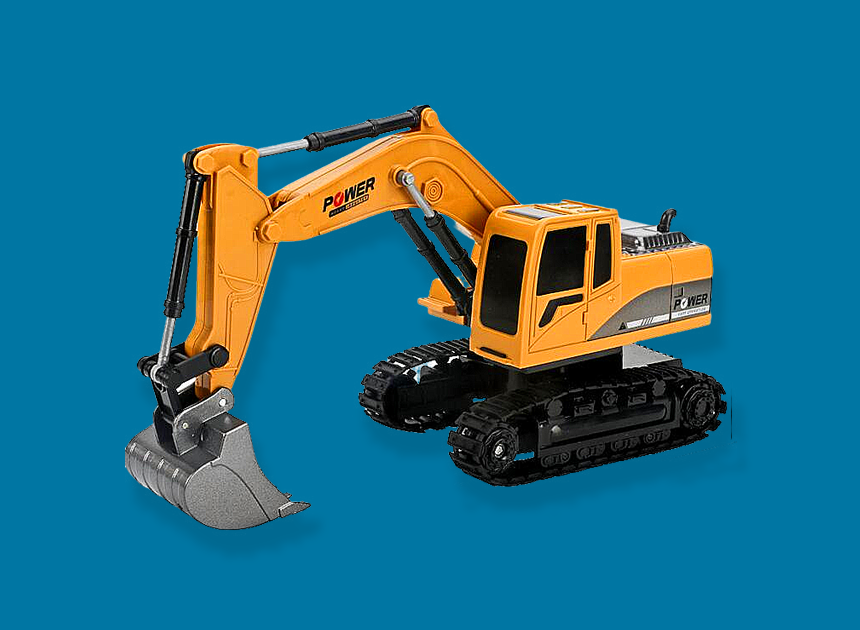F irst, it's important to keep dangerous items out of reach. This includes things like cleaning supplies, medications, and small objects that could be choking hazards. It's also important to secure loose rugs or electrical cords to prevent tripping hazards.
Another important step is to install safety gates or barriers to keep your child away from off-limit areas, such as staircases, kitchens, or bathrooms. It's also important to install door knob covers or locks to prevent your child from accidentally opening doors and getting into dangerous areas.
Thirdly, it's important to consider the potential hazards in your child's sleeping area. This includes things like making sure their crib is safe, with no loose or missing parts, and that the mattress fits snugly. It's also important to avoid placing your child's crib near windows, as this could be a safety hazard.
 '
'
Image by Ifix
Additionally, it's important to pay attention to the potential hazards in your child's play area. This includes things like ensuring that toys are age-appropriate and free from small parts or sharp edges. It's also important to keep an eye on your child when they're playing, both inside and outside of the house.
Lastly, it's important to be aware of the potential hazards in your child's food. This includes things like choking hazards and food allergies. Parents should also be aware of the age recommendations on food, as some foods may not be suitable for very young children.
In conclusion, baby proofing your home is an essential step in keeping your child safe. By identifying and eliminating potential hazards, you can create a safer environment for your child to explore and grow. Remember to keep dangerous items out of reach, install safety gates or barriers, pay attention to the potential hazards in your child's sleeping and playing area and be aware of the potential hazards in your child's food. With these tips, you can rest assured that your child is safe and protected in your home.

